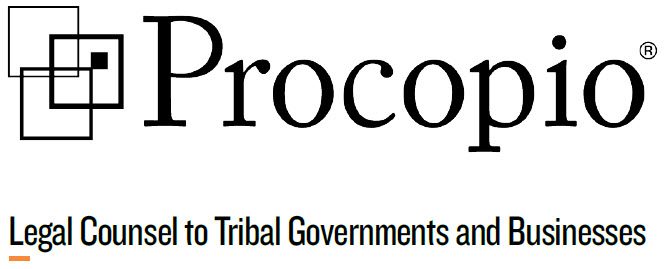By: Christopher R. Scott | Intern
Theodore J. Griswold | Partner | ted.griswold@procopio.com
In a move heartening to many in the field of Indian Law, the 9th Circuit has decided to rehear en banc the appeal of the Big Lagoon Indian Gaming Regulatory Act (IGRA) case. The previous hearing in front of a three-judge panel resulted in a decision against the Tribe founded on the Carcieri principle, apparently applied retroactively. The decision caused concerns among the Native American Bar, and now the 9th Circuit is reconsidering its decision.
Despite 10 years of negotiation history with the Big Lagoon Rancheria Tribe wherein the State of California claimed State interests trumped Tribal interests, the State switched its legal position to a brand new position adopted for litigation purposes — that the land on which the Tribe proposed to build a casino was not legally taken into trust, according to Carcieri. The Carcieri decision stated that Tribal Governments not specifically recognized when the Indian Reorganization Act was adopted in 1934 were unable to have land taken into Trust by the BIA on their behalf. Carcieri v. Salazar, 555 U.S. 379 (2009). The Tribe filed an action in Federal District Court alleging that the State had violated the good faith negotiation requirements in its Compact. The State reasoned that the Compact good faith bargaining requirement was irrelevant if gaming could not occur on the proposed land.
The lower District Court saw through this newfound position of the State and held that they could not be acting in good faith by ignoring past negotiations and now rely on a legal theory to justify their behavior in compact negotiations; after all, negotiations began around 1998 and Carcieri wasn’t decided until 2009! Big Lagoon Rancheria v. State of California, No. 09-01471 CW (2010).
However. the 9th Circuit panel held in favor of the State, ruling that valid Tribal jurisdiction over property on which a casino is proposed under an IGRA compact is a necessary prerequisite in order for the Tribe to rely on its Compact requirement that the State engage in good faith dealings. On second thought, perhaps the 9th Circuit has recognized the extraordinary limitations this decision would have on Tribal-State compacts and relations, and is now rehearing the matter. Stay tuned!
Christopher is a citizen of the Cherokee Nation and just completed his second year at the University of Oklahoma College of Law.
Ted is head of the Native American Law practice group and primary editor for the Blogging Circle. Connect with Ted at ted.griswold@procopio.com and 619.515.3277.
